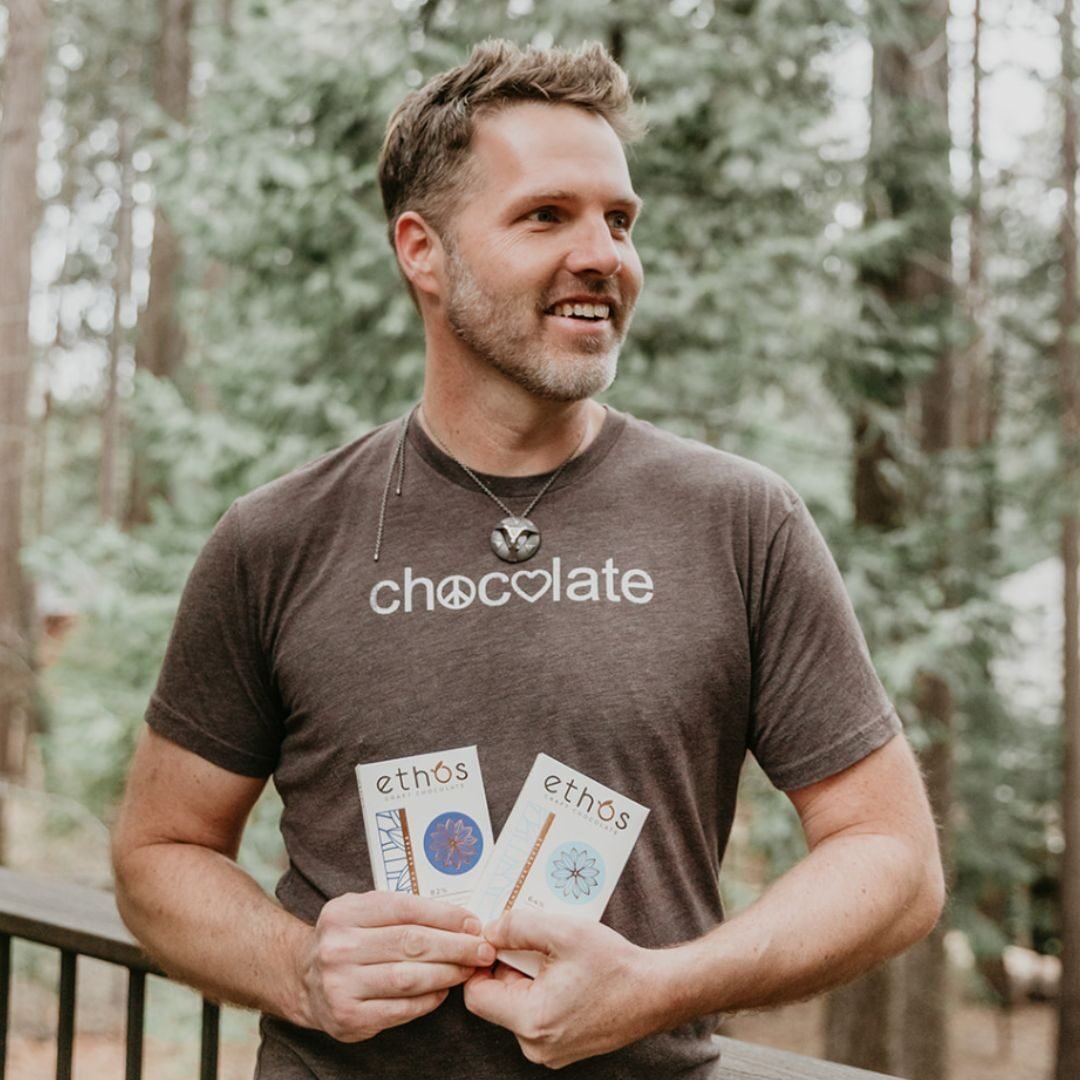Chocolate is one of the world’s most beloved treats, but its journey from ancient cacao to the modern chocolate bar is a fascinating story of culture, craftsmanship, and innovation. At Ethos Craft Chocolate, we honor this rich history by crafting ethical, bean-to-bar chocolate that stays true to its origins. Let’s explore how chocolate evolved over time.
Ancient Beginnings: The Sacred Cacao Bean
The story of chocolate begins over 3,000 years ago in Mesoamerica, where the Olmecs were the first known civilization to cultivate and consume cacao. They likely prepared it as a bitter, frothy drink used in rituals and ceremonies.
Later, the Maya and Aztecs embraced cacao as both a luxury and a necessity. The Maya considered it the “food of the gods,” often mixing ground cacao with water, chili, and spices. The Aztecs, who called it xocoatl, valued cacao so highly that they used the beans as currency. Their emperor, Montezuma, was said to drink multiple cups of cacao daily for energy and vitality.
The Arrival of Chocolate in Europe
In the 16th century, Spanish explorers—including Hernán Cortés—brought cacao back to Europe after encountering it in the Aztec empire. Initially, Europeans found the bitter drink unappealing, but once sweetened with sugar and vanilla, chocolate became a sensation among the Spanish elite.
By the 17th and 18th centuries, chocolate houses—similar to modern cafés—became popular across Europe. Cacao remained a luxury product, consumed mainly as a drink, until new processing techniques revolutionized the industry.
The Birth of the Chocolate Bar
The biggest transformation in chocolate’s history came in the 19th century, when technological advancements made it more accessible and versatile:
- 1828: Dutch chemist Coenraad Van Houten developed the cocoa press, which removed cacao butter from cacao solids, leading to the creation of cocoa powder.
- 1847: British chocolatier J.S. Fry & Sons created the first solid chocolate bar by mixing cocoa butter, cocoa powder, and sugar.
- 1875: Daniel Peter and Henri Nestlé invented milk chocolate, combining cacao with condensed milk for a creamier texture.
- 1879: Swiss chocolatier Rodolphe Lindt introduced conching, a refining process that gave chocolate its smooth, melt-in-your-mouth quality.
These innovations made chocolate more accessible and led to the mass production of chocolate bars, transforming it from a luxury into an everyday delight.
The Rise of Bean-to-Bar and Ethical Chocolate
In the 20th and 21st centuries, chocolate became a global industry, but mass production often came at a cost—deforestation, unfair labor practices, and lower-quality chocolate filled with additives.
The bean-to-bar movement, embraced by Ethos Craft Chocolate, is a return to chocolate’s roots—prioritizing quality, sustainability, and ethical sourcing. By working directly with cacao farmers, focusing on minimal processing, and celebrating the rich flavors of real cacao, we honor chocolate’s ancient traditions while making it better for the planet.
Final Thoughts: Indulging in Chocolate’s Legacy
Chocolate has come a long way—from a sacred Mayan drink to today’s artisanal bean-to-bar creations. Each bite of Ethos Craft Chocolate carries centuries of history, craftsmanship, and passion. When you choose ethically sourced, high-quality chocolate, you’re not just enjoying a treat—you’re becoming part of a tradition that has spanned cultures and generations.
So next time you savor a piece of chocolate, remember: you’re tasting history. 🍫✨

